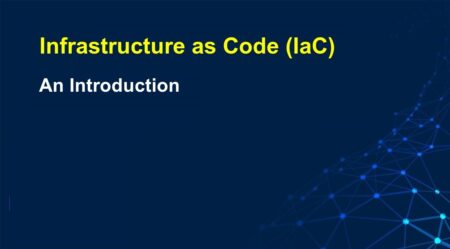Software is a general term for computer programs. There are different types of software, including system software, which controls the inner workings of computers, and application software, which helps people perform specific tasks.
System software includes the operating system, which manages the hardware and software resources of a computer, as well as utility programs, which perform maintenance tasks. Application software includes word processors, spreadsheets, and web browsers.
While some software is pre-installed on computers, people can also choose to download and install additional software. When people talk about “software,” they are usually referring to application software.

Software Types?
Software comes in three main types, and each one has a special job:
- System software
- Utility software
- Application software

What Is System Software?
System software is the behind-the-scenes hero that keeps your computer running. It manages the hardware and gives a platform for other software to work. Think of it as the coach telling the team how to play!
- It handles things like memory, user controls, and running apps.

Examples include Windows, macOS, Linux, and iOS. These are the programs that start when you turn on your computer and keep everything in order.
What Is Utility Software?
Utility software is like a helper that keeps your computer healthy. It does tasks like cleaning up files, protecting against viruses, or saving your work. It’s all about making your computer work better and stay safe!

Some examples are antivirus software, backup tools, and disk defragmenters. They help optimize performance, secure your data, and prevent problems.
What Is Application Software?
Application software, or “apps,” are the fun and useful programs you use every day. They help you do specific things like writing, gaming, or chatting online. These are the tools you see and use the most!

Apps for productivity, entertainment, and communication like word processors, games, and web browsers.
Examples include word processors (like Microsoft Word), video games, and web browsers (like Chrome). They’re designed to make your tasks easier and more enjoyable.
Software vs. Hardware: How Are They Different?
Your computer needs both software and hardware to work together. Here’s the difference:
- Hardware: The physical stuff you can touch, like your mouse or monitor.
- Software: The invisible instructions that tell the hardware what to do.
Imagine hardware as a bike and software as the rider. The bike needs the rider to move, and the rider needs the bike to get anywhere. They need each other!
What’s Next?
Now you know what software is! It’s the magic that makes your computer do cool things, from running the system to letting you play games. Want to learn more? Try checking out the apps on your computer or learning how to install a new one. Have fun exploring!


